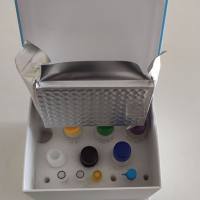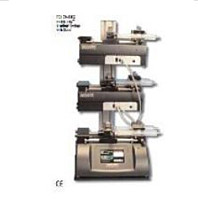Chromophores for the Delivery of Bioactive Molecules with Two-Photon Excitation
互联网
598
The localized release of bioactive molecules from “caged compounds” through two-photon excitation (2PE) is an emerging technology for the study of biological processes in cell and tissue culture and whole animals. Several advantages are realized when 2PE drives the activation of the biological effector: (1) excitation is tightly localized to femtoliter-sized volumes; (2) there is less photodamage to biological tissues; and (3) deeper penetration into the sample is achieved. A barrier to widespread use and an expansion of applications for the pinpoint three-dimensional delivery of biological effectors are the small number of available caging groups and phototriggers with sufficient sensitivity to 2PE, appropriate photolysis kinetics, and necessary physiological compatibility. Chromophores based on nitrobenzyl, nitroindoline, coumarin, ortho -hydroxycinnamic acid, quinoline, and other structural motifs have been designed to regulate the action of biologically active compounds with 2PE. Design principles from structure–property relationships elucidated for two-photon absorbing materials can be applied to the design of caging groups and phototriggers for high efficiency 2PE-mediated release of bioeffectors. The conjugation size, symmetry, and the strength of donor and acceptor groups impact the overall sensitivity to 2PE, but these factors must be balanced with the need for biocompatibility and the ability to drive photochemical reactions with rapid kinetics.









